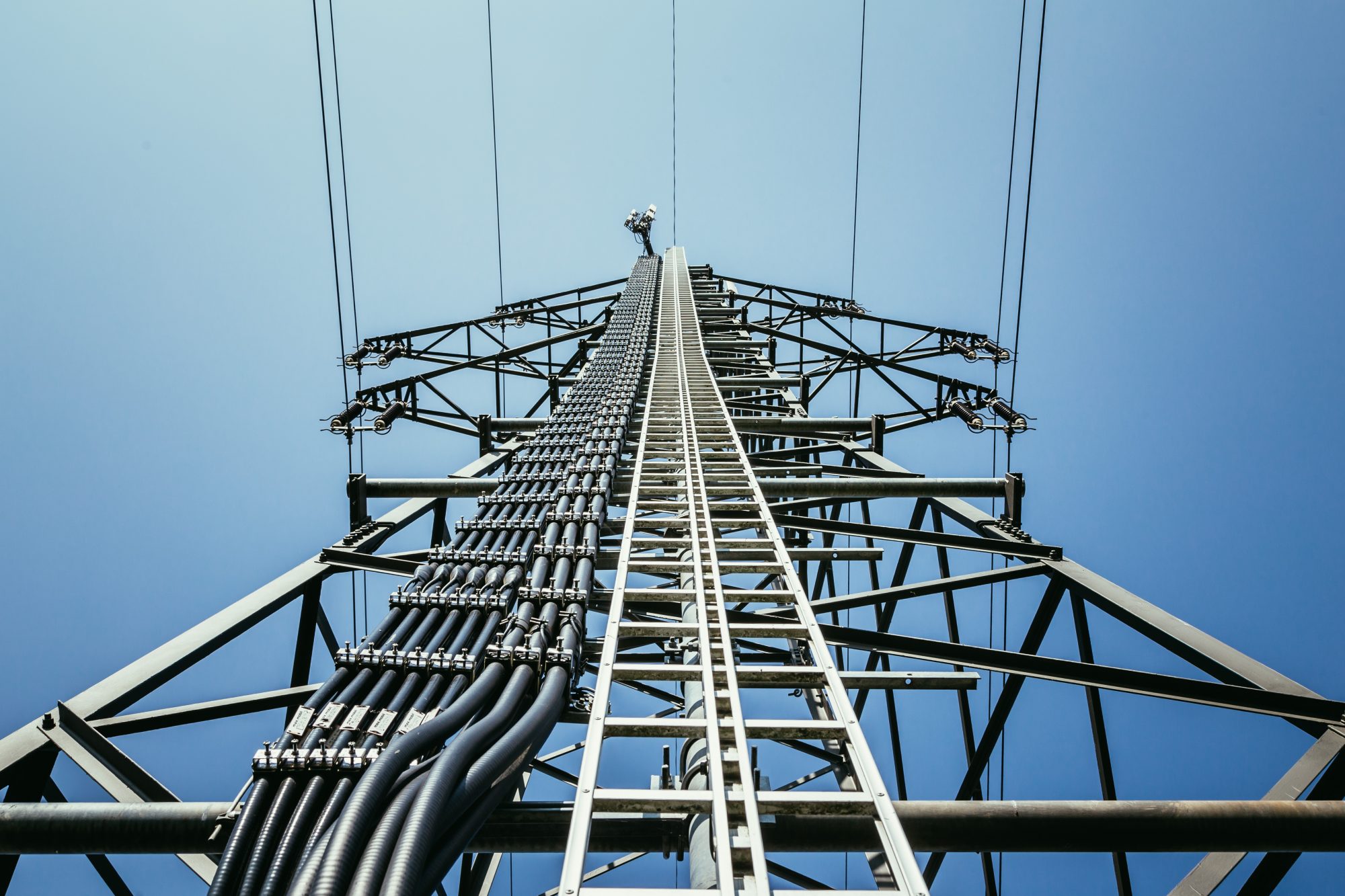To manage the rising urbanisation of smart cities, city planners and managers must turn to real-time data processing
By 2030 it is expected that 28% of people worldwide will live in a city with at least one million inhabitants, according to a report on urbanisation by the Government Office for Science. In England alone, 82.9% of the population lived in an urban area in 2019, which is increasing all the time. To manage these levels of urbanisation, city planners and managers are turning to modern technologies and cutting-edge networks, leveraging the Internet of Things (IoT) to support ‘smart city’ solutions.
Data, and the ability to process it rapidly and seamlessly, is crucial to the connected, intelligent networks that provide the lifeblood to today’s cities and the transport systems that link a nation’s cities together. The use of the IoT has increased over the past few years, and figures from Statista suggest that there will be more than 29 billion IoT devices worldwide by 2030.
Think smart homes, street security, water monitoring, healthcare, traffic lighting, traffic control, and smart waste management
The reason for this rapid growth is the sheer number of applications for which the IoT serves a purpose. Think smart homes, street security, water monitoring, healthcare, traffic lighting, traffic control, and smart waste management.
The role of the database and data platforms
However, these applications will not operate smoothly unless IoT-based strategies for developing smart cities have a database as their foundation. Modern databases can automate the delivery of insights from a huge number of fast-changing data points and work in tandem with real-time data platforms that can analyse large volumes of city-wide data collected through IoT systems. All the data is ingested and processed in real-time, from gigabyte to petabyte scale and delivered to ensure vital decisions can be made on the spot.
What does real-time mean in this scenario?
Data is processed in sub-millisecond time, and what is more, it is processed without errors. This allows city services to be optimised through intelligent data flow, and this is already having an impact in the following areas:
Smart energy:
IoT sensors are essential to adopting smart electrical meters, improved power distribution, energy grids that can self-heal, networks in buildings and factories, leak detection, and just-in-time waste collection.

Environmental controls and sustainability:
IoT sensors can assist in maximising energy efficiency, monitoring pollution levels, traffic control, and sustainable resources. Specifically, they can provide data on how to reduce emissions and eliminate waste.
Facilities management:
Smart buildings rely on IoT-based sensors to improve energy efficiency, such as by automating light controls and enhancing the use of space to reduce costs.
Mobility and connected transit:
Monitoring public transport can improve safety and hygiene. At the same time, traffic control, parking, and many other transit-related services increasingly rely on real-time data insights to keep traffic moving, utilise parking spaces, and provide predictive insights for road management.
The overriding aim of a smart city is to provide citizens with improved living conditions
Public safety and security:
The overriding aim of a smart city is to provide citizens with improved living conditions. Cameras and real-time video monitoring help to reduce crime with motion sensing and real-time crowdsourcing of data about crime, including identifying security gaps, active crime tracking, and empowering faster response times by authorities.
The impact of 5G
5G offers faster, more reliable, and more secure connectivity. The development of everything from autonomous cars to smart grids for renewable energy through to AI-based robots on factory floors is enabled by 5G. And the speed and latency it delivers means networks can even support billions of IoT-connected devices.
But along with such advancements comes a lot more data
But along with such advancements comes a lot more data – up to 181 zettabytes by 2025, according to Statista. This is over six times the amount processed in 2018.
What 5G will provide to cities is quicker connections and greater reliability; we will enjoy more capacity for less cost, and the higher bandwidth and low latency that smart city applications such as real-time connected vehicle and traffic data and infrastructure safety rely on will be afforded by 5G.
We can also expect rapid developments in key technology sectors, including artificial intelligence (AI) and machine learning (ML), video surveillance and, of course, more support for IoT and autonomous cars.
This will catalyse smart city advances, but the success of 5G will depend on data processing and analysis powered by modern real-time data platforms.
These platforms can move large amounts of data through the network and create an affordable way to store the data to be easily accessed and analysed.
Creating liveable cities
The smart cities we are building must also be resource efficient. To do this, we require instant, accurate data analytics that can decipher the huge volumes of data flowing from multiple sources, including geospatial data, traffic data, foot traffic data, and even crime statistics.
Of course, data also comes from social media channels, audio, video, and smart devices, coinciding with a growth in unstructured data. This means that organisations developing smart cities must understand and be prepared to use the right tools to dig deep into all complex real-time data. The more they can share, the more likely a smart city is to achieve success.
Right now, the motivation to create a smart city is that it can reap benefits economically, environmentally, and socially. The use of real-time data management and processing capabilities supports a new ecosystem of city services. It enables data-driven governments and insight-driven policies that can improve operating efficiency.
Written by Martin James, Vice President EMEA at Aerospike










